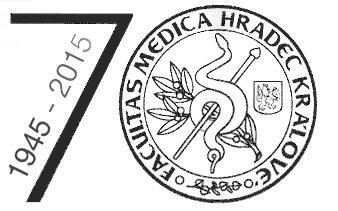 Česká verze Česká verze
|
|
|
|
|
| Main Page | |
| Invitation | |
| Overview | |
| Schedule | |
| Honorary Lecture | |
| Pre-Congress Course | |
| Keynote Lectures | |
| Section for Assistants | |
| Section for Technicians | |
| Time table | |
| Registration | |
| Accommodation | |
| Information for authors | |
| Forms and documents | |
| Contacts | |
| Abstract list | |
| Archives | |
|
|
|

The Congress is organised by the Czech Orthodontic Society. |
|
|
|
|
CBCT in daily orthodontics
Prof. Dr. Axel Bumann, DDS, PhD. 
Congress Course - October 15, 2015
The use of CBCT in routine orthodontics is still discussed controversially. The main concern is the combination of young patients, large field of view (FoV) and perceived radiation dose. However, the latest technology advancements allow for CBCTs with an effective dose even lower than conventional orthodontic radiographs. The results of several scientific dose measurements studies will be presented.
Usually, for orthodontic treatment planning a panoramic x-ray and a lateral ceph is needed. To substitute those needs by a CBCT a certain Field of View would be necessary. Based on 1000 CBCTs of orthodontic patients dimensions for the necessary FoV and the doses for adolescent and adult patients will be demonstrated. In addition, the importance of a reliable coordinate system for a real 3D cephalometric analysis will be discussed. The ideal solution for daily orthodontics would be a midsize FoV combined with appropriate thyroid shielding and a new 3D cepahalometric analysis which does not depend on the landmarks Nasion and Sella.
Based on three studies (n=159, n=498, n=512) the percentages of vestibular dehiscences in orthodontic patients prior to orthodontic tooth movement will be shown. The results will be age- and sex-related. In addition, the impact of class I, II and III as well as the inclincation of upper and lower incisors on vestibular dehiscences will be discussed. All these information gives the audience a whole new perspective on contemporary orthodontics.
| General partner |

|

|
|
|
| Main partner |

|

|
|
|
Partners |

|

|
|
|
| Cooperation |

|